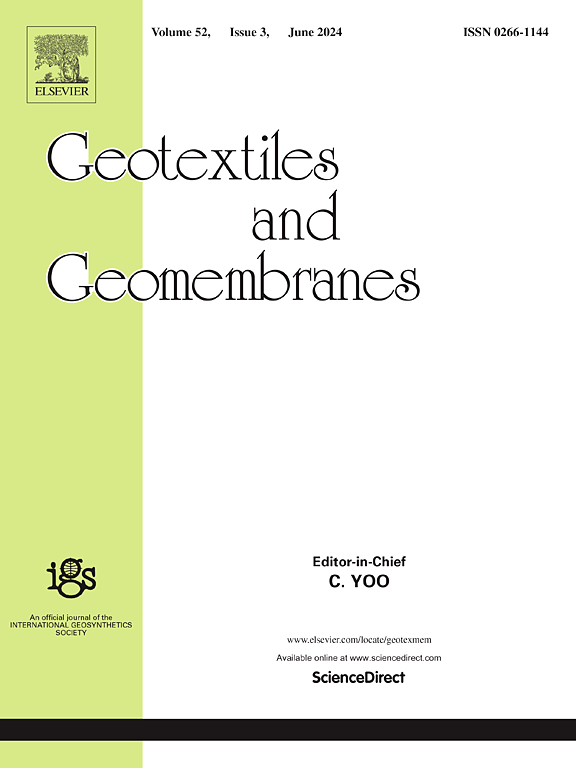Numerical modelling of reinforced fill over a void considering rate-dependent stiffness of the reinforcement
Abstract
The problem of a reinforced fill over a void has been the subject of much research in the geosynthetics literature. Previous studies have mainly focused on finding closed-form solutions to predict the tensile loads and strains in the reinforcement layer once a void develops below the fill. In this paper, a 2D finite difference (FLAC) model that implements the hyperbolic isochronous load-strain model for the reinforcement by Bathurst and Naftchali (2021) is used to investigate the influence of the rate-dependent properties of polymeric geosynthetic reinforcement materials on reinforcement tensile strains and load, and overall system performance including vertical deformation at the reinforcement elevation and at the fill surface. The paper also investigates the influence of fill soil properties and constitutive model type, foundation condition, void geometry and fill height on system performance. The results of numerical modelling are compared to predictions made using the closed-form solution of Giroud et al. (1990) and in the BSI 8006-1 (2010) design code. The results of numerical modelling demonstrate that the choice of fill height to void width and the stiffness of the rate-dependent geosynthetic reinforcement layer are important to ensure that the maximum reinforcement strain, allowable strength and fill surface settlement criteria are not exceeded.

 求助内容:
求助内容: 应助结果提醒方式:
应助结果提醒方式:


